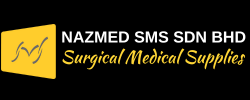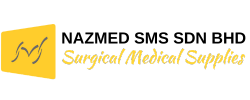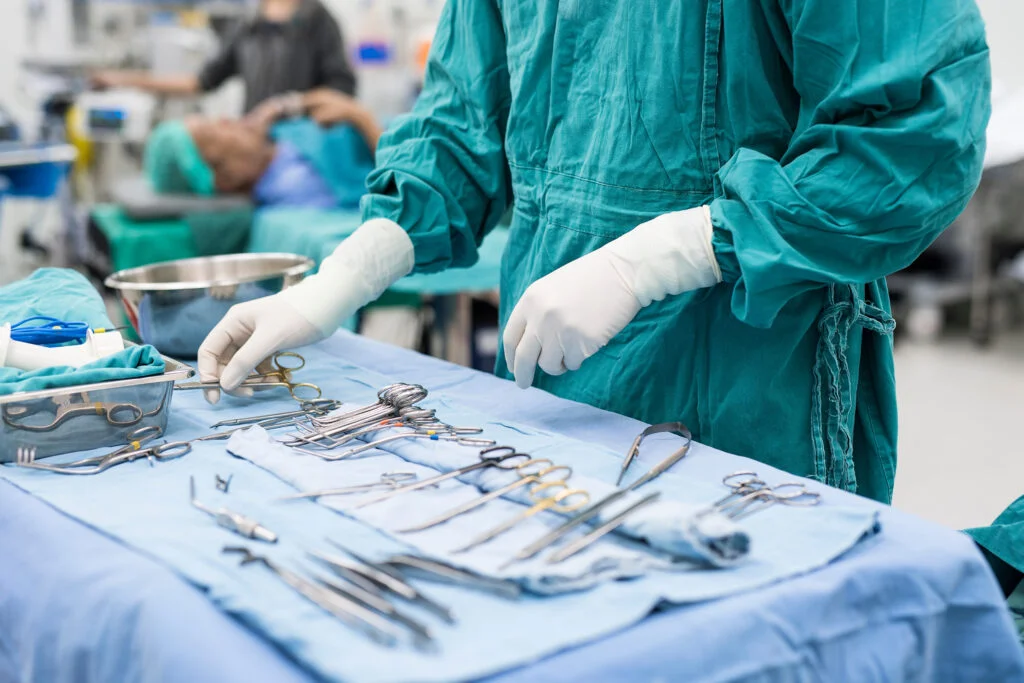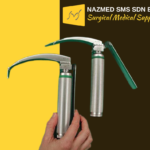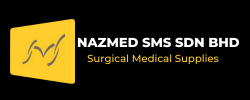Surgery is a critical aspect of modern medicine, and the instruments used during surgical procedures play a pivotal role in ensuring the safety and success of each operation. Proper care of surgical instruments is essential to maintain their functionality, prolong their lifespan, and most importantly, safeguard patient health. In this blog, we’ll discuss the crucial steps to care for instruments after surgery, brought to you by Nazmed SMS Sdn Bhd, a leading provider of high-quality medical supplies and equipment.
#SurgicalInstruments #PostSurgeryCare #MedicalEquipment #NazmedSMS
- Immediate Post-Surgery Handling:
After a surgical procedure, it’s essential to handle instruments with the utmost care and precision. Here are the initial steps to follow:
- Rinse Thoroughly: As soon as the surgery concludes, rinse the instruments thoroughly with sterile water to remove any blood, tissues, or debris. This initial rinse prevents bio-burden from drying on the instruments, making later cleaning more manageable.
- Separate Instruments: Separate reusable instruments from disposable ones. Disposable items should be discarded properly according to medical waste guidelines.
- Inspect for Damage: Inspect all reusable instruments for damage, such as bent or broken parts. Damaged instruments should be tagged for repair or replacement.
- Pre-Cleaning:
Pre-cleaning is the first step in the thorough cleaning process. It involves removing gross contaminants from the instruments. Here’s how to do it:
- Manual Cleaning: Use a soft-bristle brush or sponge to manually scrub the instruments. Pay special attention to joints, hinges, and crevices where debris can accumulate.
- Ultrasonic Cleaning: Place the instruments in an ultrasonic cleaner filled with an enzymatic cleaning solution. Ultrasonic cleaning uses high-frequency sound waves to remove stubborn contaminants from hard-to-reach areas.
- Proper Cleaning and Decontamination:
Cleaning and decontamination are critical to eliminate any remaining microbial contamination. Follow these steps:
- Autoclaving: Most surgical instruments can be autoclaved, which is a highly effective method for sterilization. Ensure instruments are properly wrapped or packaged before autoclaving.
- Chemical Disinfection: Some instruments may not be suitable for autoclaving. In such cases, use chemical disinfectants as recommended by the instrument manufacturer. Follow the manufacturer’s instructions carefully.
- Drying and Inspection:
After cleaning and decontamination, it’s crucial to ensure instruments are thoroughly dried and inspected before storage or reuse:
- Air Drying: Allow the instruments to air dry completely to prevent moisture-related damage and microbial growth.
- Visual Inspection: Inspect each instrument for cleanliness, damage, and functionality. Any issues should be addressed immediately.
- Proper Storage:
Proper storage is essential to maintain the integrity of surgical instruments:
- Use Sterile Wraps: Wrap sterilized instruments in sterile, lint-free wraps or pouches before storing. This protects them from dust and contaminants.
- Store in a Clean Environment: Store instruments in a clean, dry, and controlled environment, such as a dedicated instrument cabinet or sterilization room.
- Regular Maintenance: Periodically inspect instruments in storage for any signs of damage or contamination. Replace or repair instruments as needed.
Conclusion:
Caring for surgical instruments after surgery is a critical aspect of patient safety and the efficient functioning of healthcare facilities. Proper cleaning, decontamination, and storage procedures are essential to ensure the instruments remain in pristine condition and can be safely used for future procedures. Surgical Medical Supplies – SMS is committed to providing high-quality medical supplies and equipment to support healthcare professionals in delivering exceptional patient care.
#NazmedSMS #MedicalSupplies #SurgicalInstrumentCare #PatientSafety #HealthcareStandards
